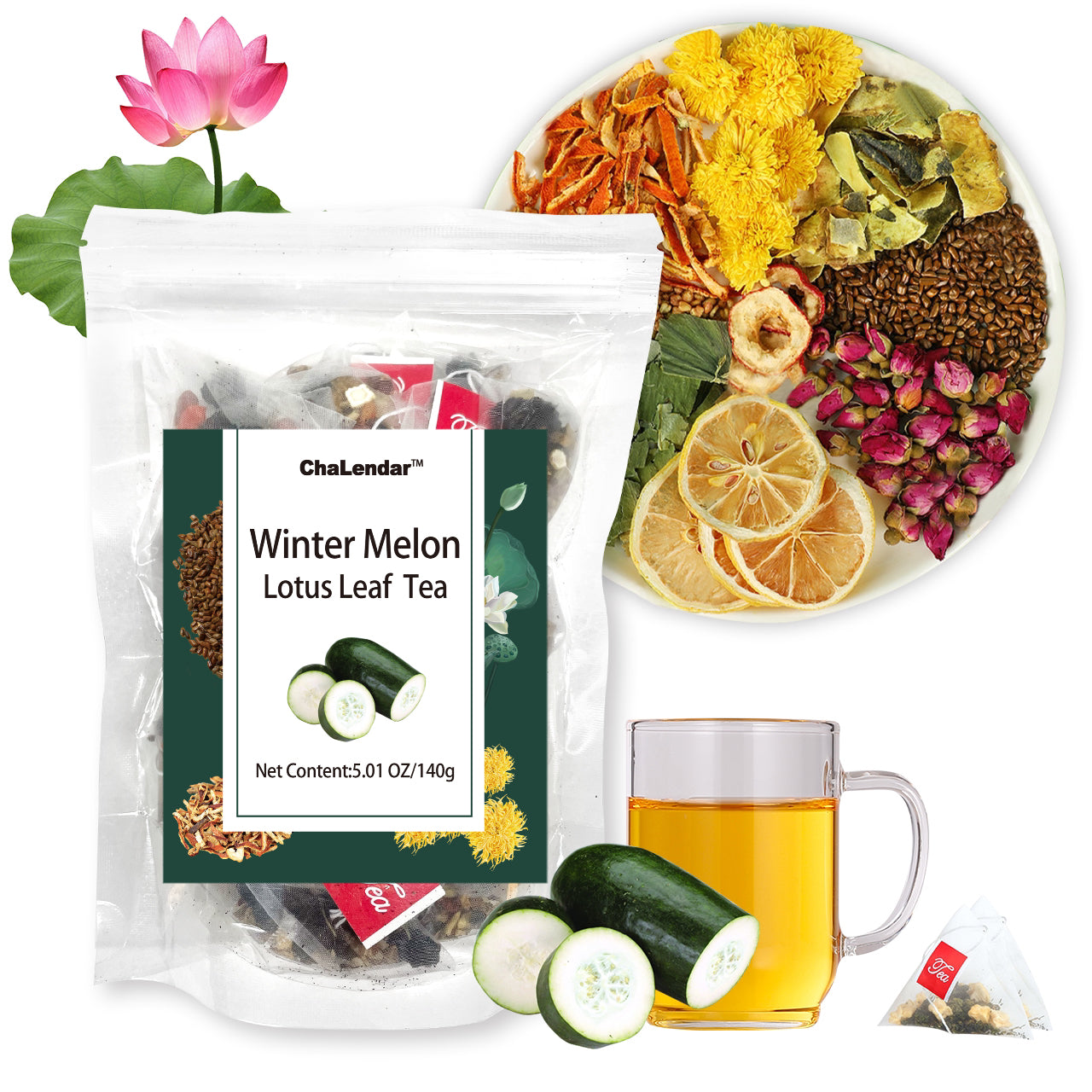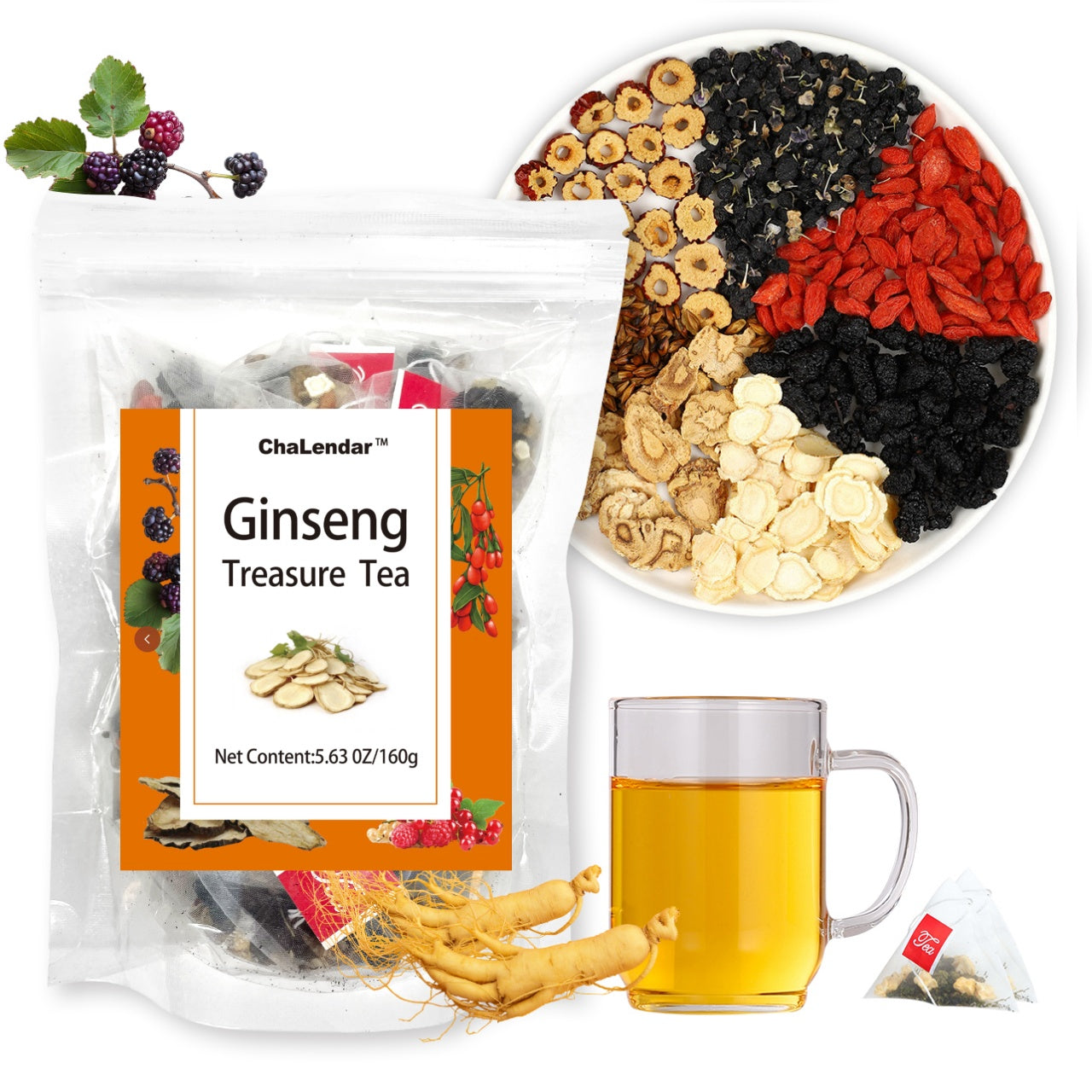
How Did the Forgotten Mountain Plants Become the New Health Favorites of Urbanites?
Share
In the hustle of modern city life, it's easy to overlook the quiet wisdom of nature. Yet in recent years, a fascinating shift has taken root—forgotten mountain plants, once used by villagers for daily nourishment and healing, are now being rediscovered by urban dwellers seeking balance, vitality, and a return to the natural.
But how did these humble herbs make the journey from remote hillsides to the shelves of chic urban wellness stores?
Ancient Roots, Timeless Benefits
For centuries, mountain communities across Asia have relied on wild herbs and plants—like mulberry leaves, dandelion, lotus leaf, and kudzu—for their medicinal and nutritional properties. Passed down through generations, these plants were used not only in folk remedies but also in daily cooking, offering gentle ways to detoxify, balance energy, and support immunity.
Urbanization led many of these traditions to fade. But now, in the face of growing stress, chronic fatigue, and lifestyle-related ailments, people are turning back to time-tested botanical wisdom.
The Urban Wellness Revival
Today’s consumers are more conscious about what they consume. The rise of plant-based living, clean labels, and traditional wellness has led many to embrace herbal teas and remedies rooted in traditional knowledge. These mountain plants, once seen as old-fashioned, are now recognized for their natural benefits and minimal side effects.
Brands, herbalists, and small-batch tea makers are helping bridge the gap—reviving ancient formulas and presenting them in modern, accessible ways, like loose-leaf herbal blends and convenient tea sachets.
Why Urbanites Are Falling in Love
-
Natural stress relief without synthetic ingredients
-
Functional wellness: support for digestion, sleep, focus, and weight management
-
Cultural connection: a taste of ancestral wisdom in every sip
-
Mindful rituals: tea as a moment of calm in a fast-paced world
The appeal lies not just in the health benefits—but in the return to slower, more intentional living.
A New Chapter for Ancient Herbs
What was once hidden deep in the mountains is now steeping in city kitchens and coworking spaces. This movement isn’t just about trends—it’s a quiet revolution toward reconnecting with nature, tradition, and ourselves.
So the next time you enjoy a cup of herbal tea made with lotus leaf, chrysanthemum, or ginseng, remember: you’re not just drinking tea—you’re sipping history.


